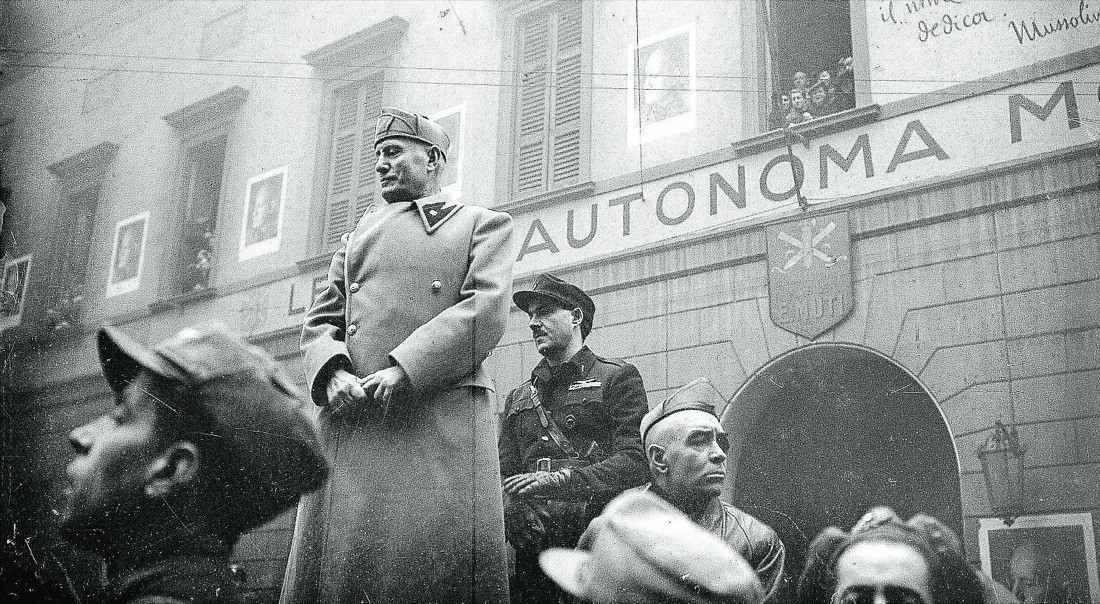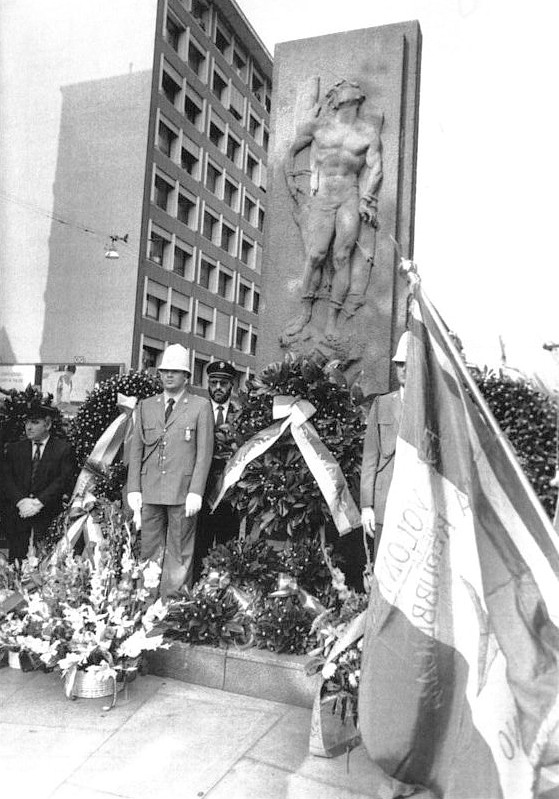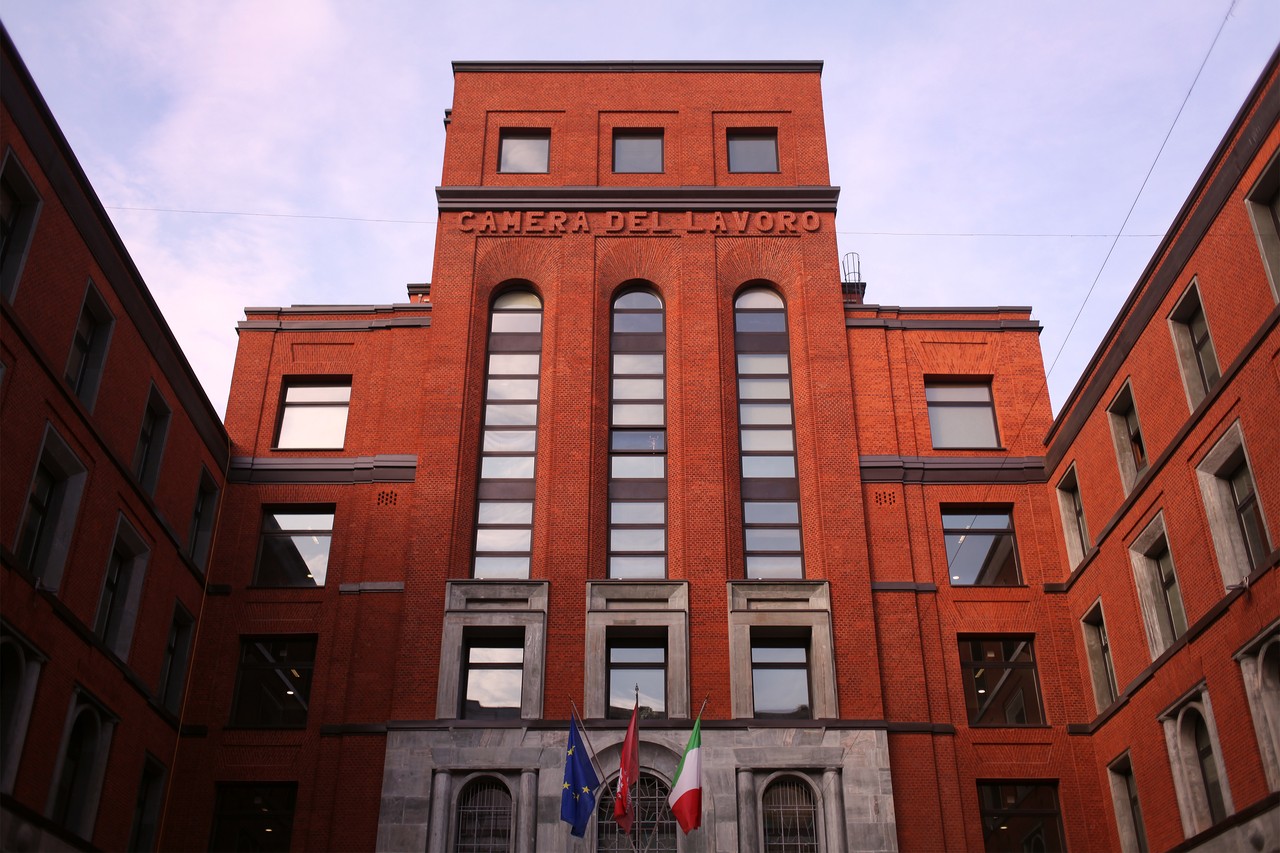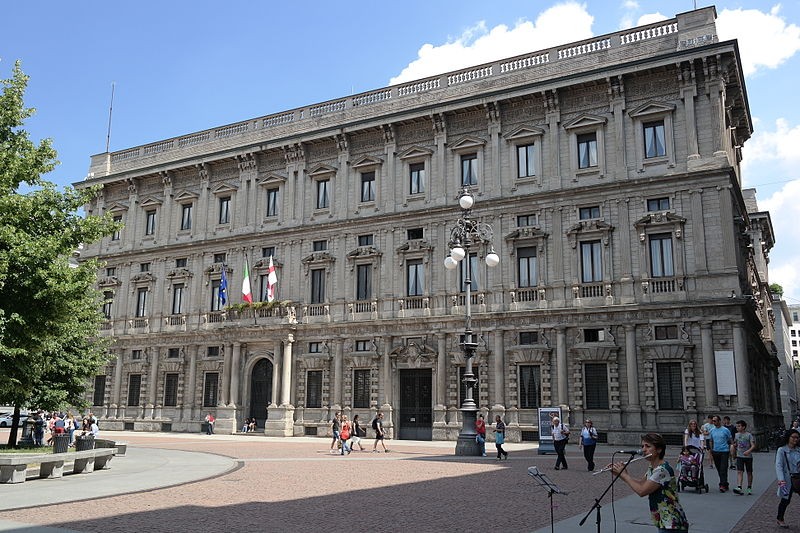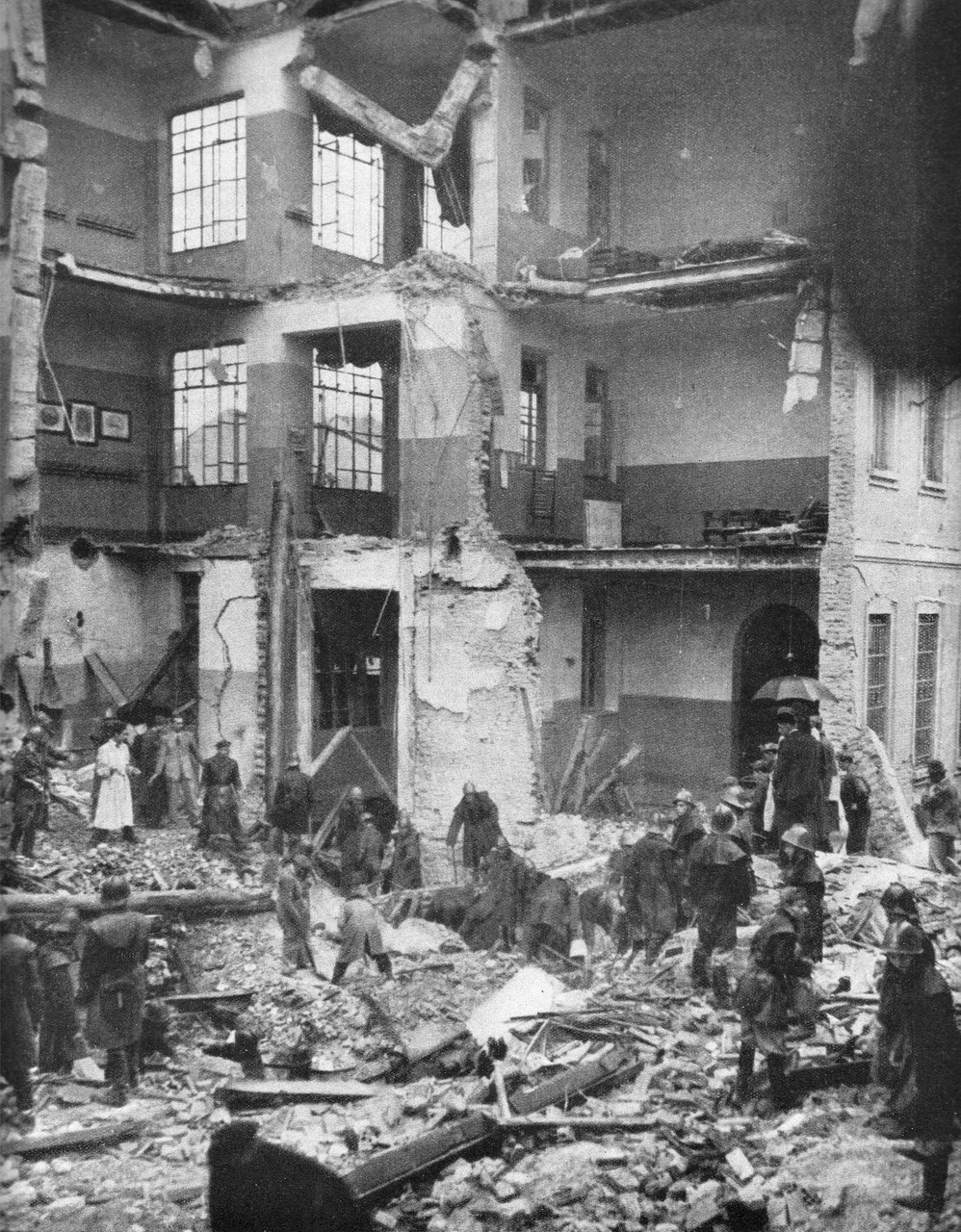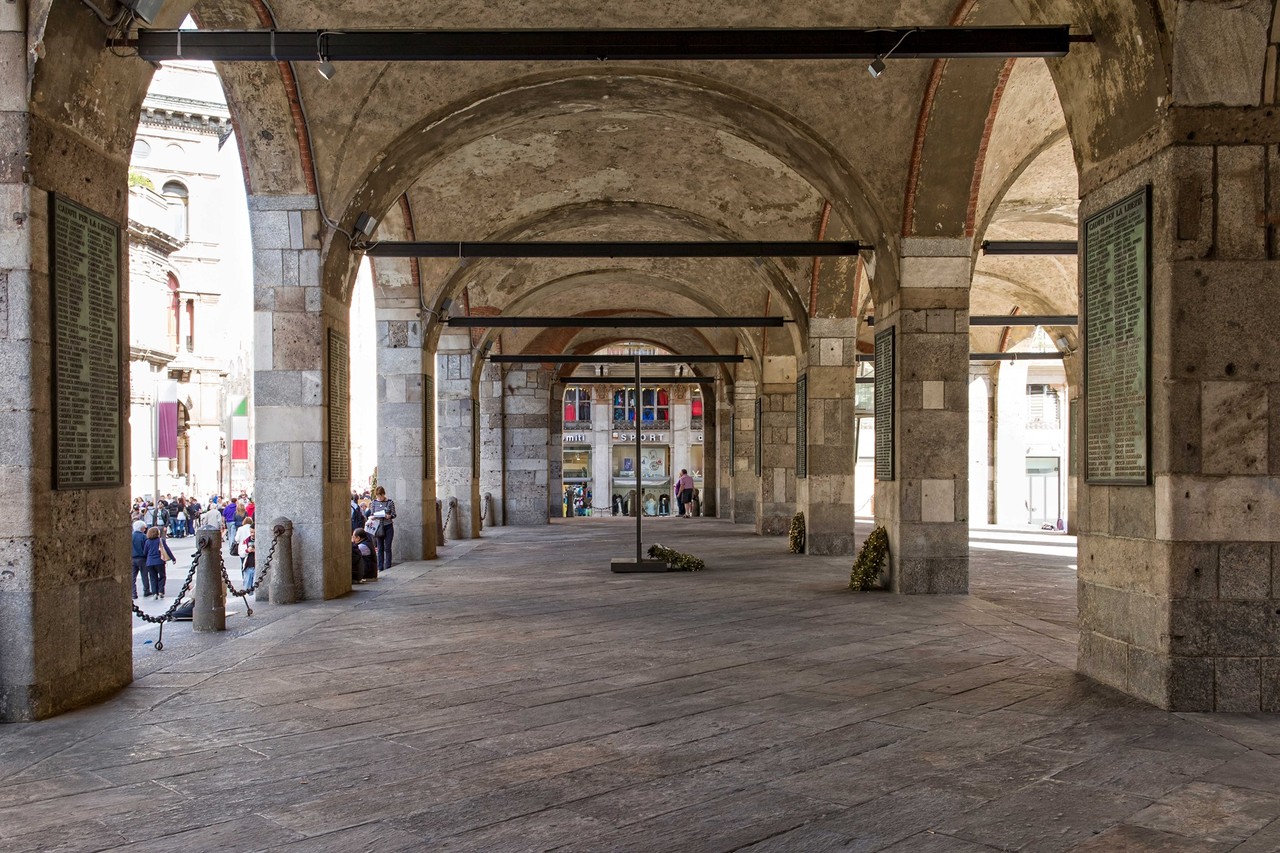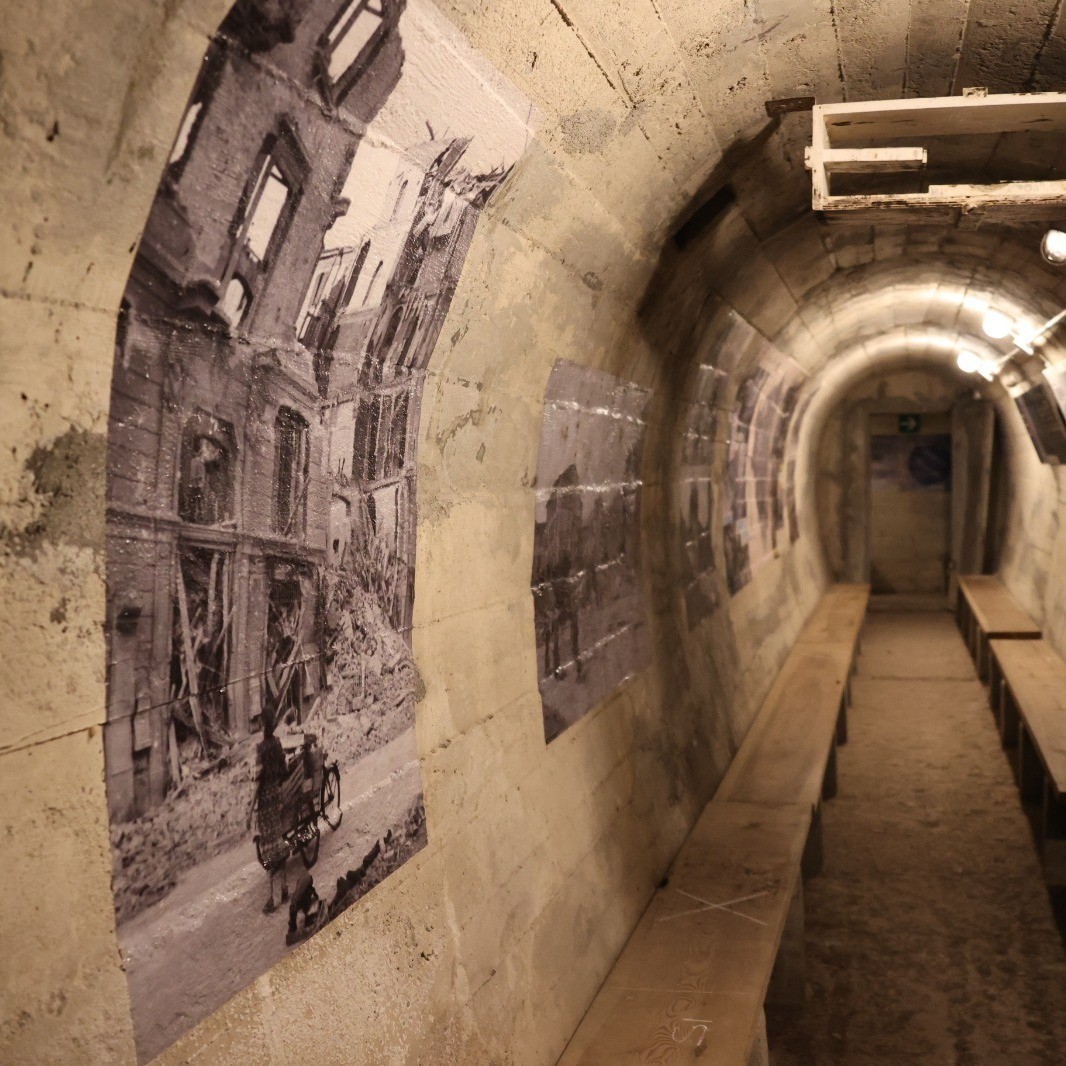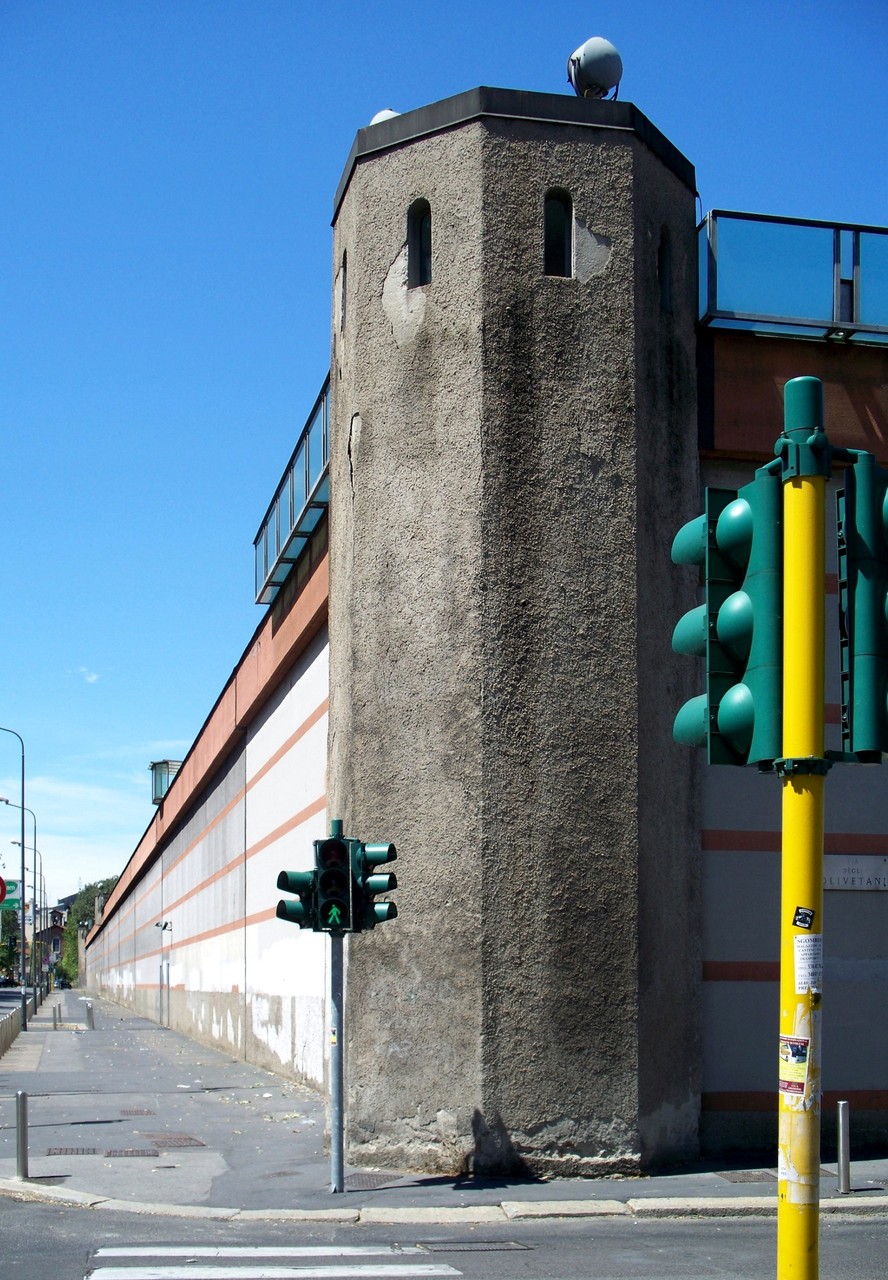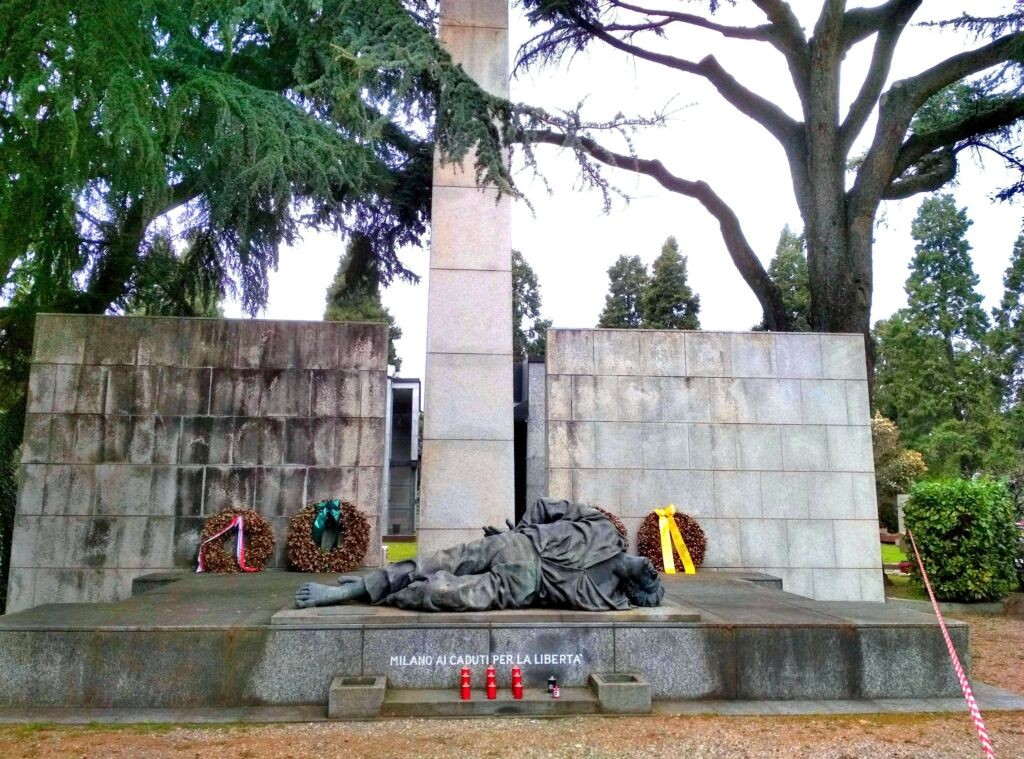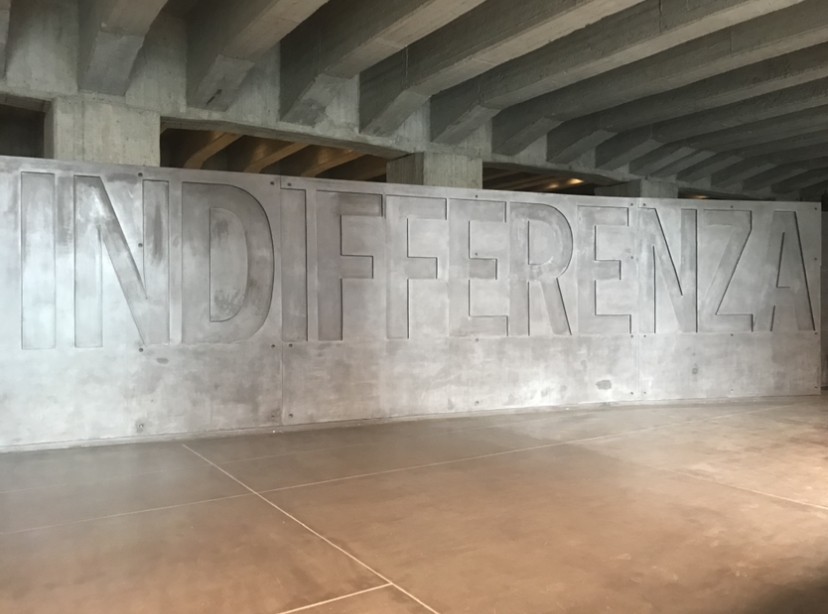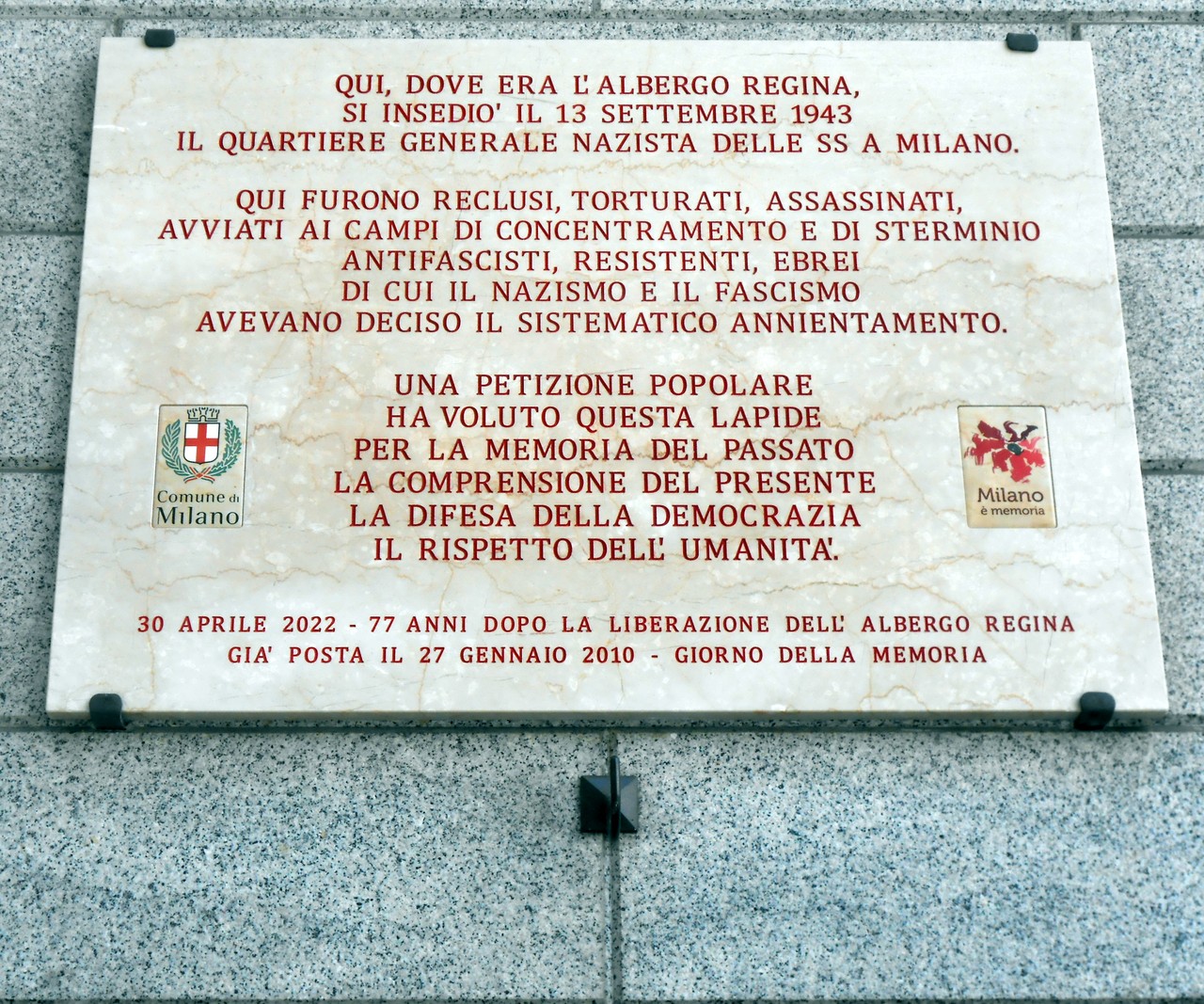Milan, during the war, was considered the'capital' of the Italian Resistance. Today it represents one of the most important cities from the economic and cultural point of view of Italy. You can discover the key locations of World War II in Milan by visiting the city’s many museums, monuments, and battlegrounds
Milan is considered the 'capital' of the Italian Resistance. And from here, on 25 April 1945, the general insurrection order was issued.
In the first half of the 20th century, Milan already had over 1,500,000 inhabitants and was the Italian industrial hub. In March 1919, the fascist movement was born here. With the outbreak of the war, clandestine anti-fascist groups regained strength.
In March 1943, the workers' strikes were the first striking sign of the breakdown of consensus with the regime.
After 8 September, the city was quickly occupied by the Germans.
The Catholics organised relief actions for ex-prisoners, Jews and stragglers. The Liberals, through Edgardo Sogno, made contact with the Allies.
The Patriotic Action Groups (Pag) are established, which carried out more than 50 actions in a few months, including the sensational killing of Resega head of Milanese fascism.
Deportations and violent actions against the Pag seemed to block the Resistance, but the arrival from Turin of Giovanni Pesce, the birth of the Pas (Patriotic Action Squads), Sandro Pertini’s action in the socialist organisation and the establishment of the Women's Defence Groups allowed the fight to resume, which fully came to the fore on 6 February with the simultaneous attack on twenty barracks in the city.
The final uprising happened spontaneously on the morning of the 24th of April. A general strike was proclaimed and then the start of the offensive. On the 25th of April, the Clnai (Committee of National Liberation for Northern Italy) issued a decree for the Cln (National Liberation Committee) to assume all powers.
There were still over 3,000 Germans and 12,000 fascists in the city.
Workers occupied the factories. Firefights were reported in various parts of the city. Mussolini attempted mediation through Archbishop Schuster and then fled northwards.
On the 26th, was announced the liberation of Milan via radio.
The Germans only surrendered on the 30th, after the arrival of the Allies. On the 29th, US Colonel Charles Poletti took office as AMG regional commander.
On the 29th, the bodies of the Duce and the hierarchs killed on Lake Como were displayed in Piazzale Loreto.
Milan was free. The population were in the mood to celebrate: on 14 July 1945, a large public dance party was organised to celebrate the new-found freedom and dispel the ghosts of dictatorship and war.
